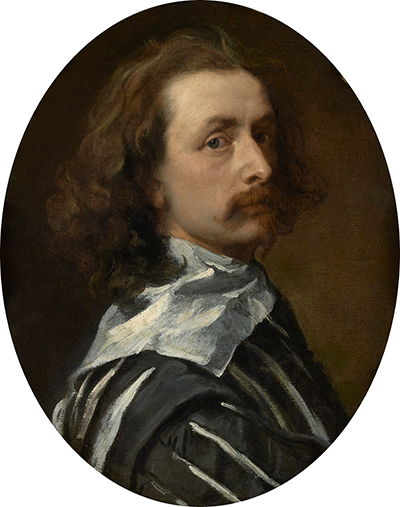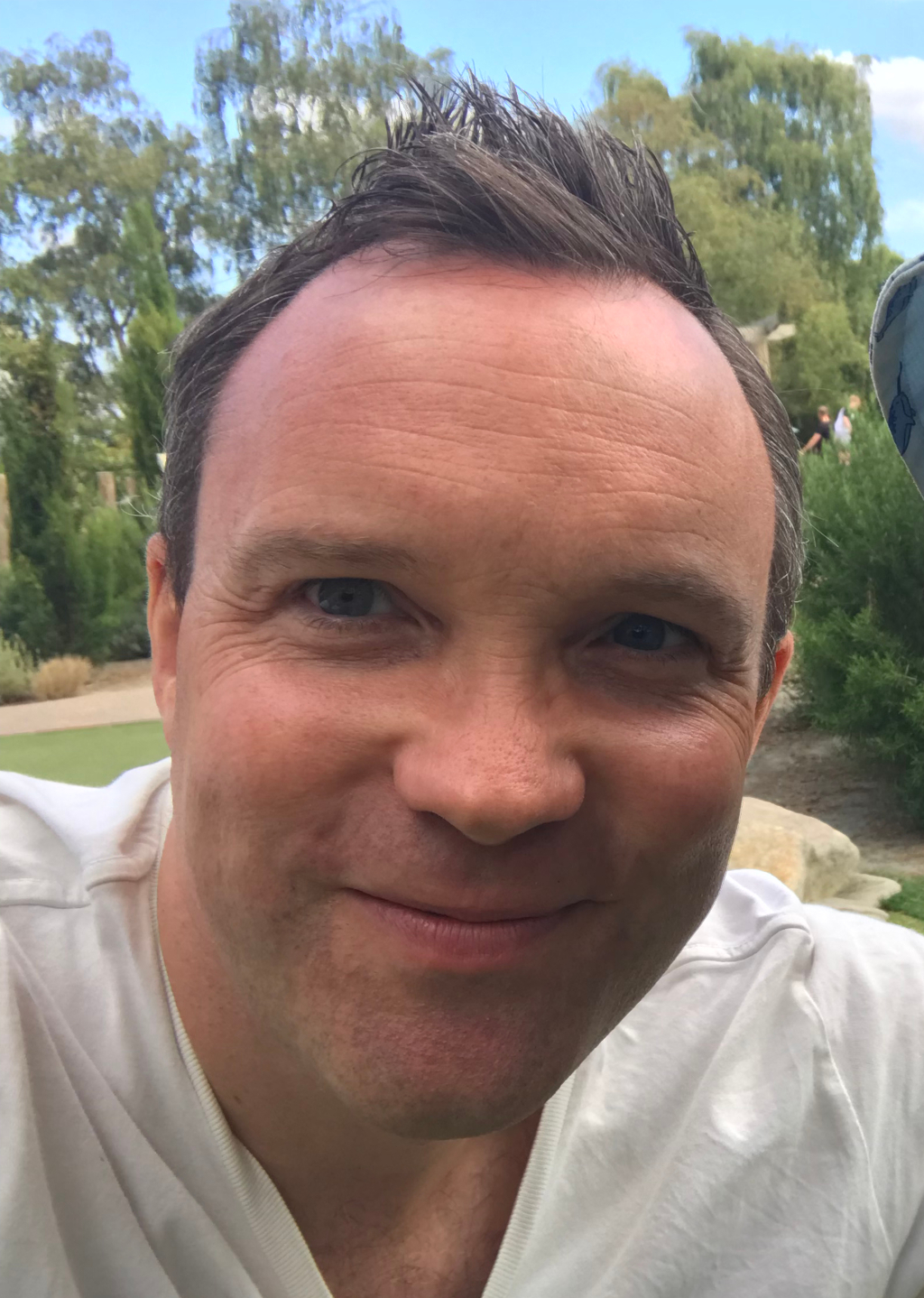Our opinions on the personality and views of Anthony van Dyck are restricted by a distinct lack of directly attributable quotes from the great man
In order to put together an accurate picture of Anthony van Dyck, art historians have been forced to draw in documentation from those connected to his life. Sources from those in his studio plus some of his wealthy donors have left clues as to his life and methods of work.
An examination of Van Dyck's paintings also reveals much about his own influences, even though we may not have much written documentation to back up any theories. When placing the travels of the artist around Italy with the undeniable similarities between his work and that of Titian, it can fairly be assumed that this was a major influence on his artistic style.
Anthony van Dyck Quotes
[She had] a very sharp memory and mind, being most courteous and although she was lacking in good eyesight because of her old age, she nonetheless found pleasure in placing the paintings in front of her and, with great effort, placing her nose close against the painting, she was able to make out a little of it and took great pleasure that way. In making her portrait, she gave me several pieces of advice: not to raise the light too high, so that the shadows in the wrinkles of old age would not grow too large, and many other good suggestions, and moreover, she recounted the part of her life in which she was recognised as a miraculous painter from life, and the greatest torment she had known was not being able to paint anymore, because of her failing eyesight. Her hand was still steady, without any trembling.
Anthony van Dyck discussing Sofonisba Anguissola
Quotes and Opinions by Art Historians on Anthony van Dyck
I am going to Heaven and van Dyck is of the company.
Thomas Gainsborough
Van Dyck's handsome portraits had given me so fine an idea of the beauty of all English ladies, that I was surprised to find that the Queen, who looked so fine in painting, was a small woman raised up on her chair, with long skinny arms and teeth like defence works projecting from her mouth.
Queen Henrietta Maria
Charles I understood that image was important in terms of communicating power, and in his case what was known as ‘The Divine Right of Kings’, which meant that he was chosen by his Christian God to rule his country. Today he might be celebrated as someone who had understood the importance of marketing his image and solidifying his brand. Van Dyck provided Charles I with the most up-to-date visual statement of power, in the same way that Holbein had done for Henry VIII.
In Focus, Sir Anthony van Dyck, National Portrait Gallery
With the exception of Holbein, van Dyck and his contemporary Diego Velázquez were the first painters of pre-eminent talent to work mainly as court portraitists, revolutionising the genre. He is best known for his portraits of European aristocracy, most notably Charles I and his family and associates; Van Dyck became the dominant influence on English portrait-painting for the next 150 years.
Wikipedia
[The artist appeared with] the pomp of Zeuxis ... his behaviour was that of a nobleman rather than an ordinary person, and he shone in rich garments. Since he was accustomed in the circle of Rubens to noblemen, and being naturally of elevated mind, and anxious to make himself distinguished, he therefore wore—as well as silks—a hat with feathers and brooches, gold chains across his chest, and was accompanied by servants.
Giovan Pietro Bellori
Van Dyck was the most important Flemish painter of the 17th century after Rubens, whose works influenced the young Van Dyck. He also studied and was profoundly influenced by the work of Italian artists, above all, Titian. Van Dyck was an extremely successful portraitist and painter of religious and mythological pictures in Antwerp and Italy. He was also an accomplished draughtsman and etcher. However, he is now best remembered for his elegant representations of Charles I and his court.
The National Gallery




